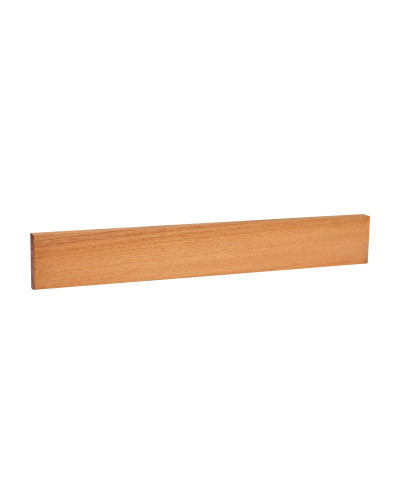Mahogany (CITES)
Electric Guitar (700x85x25mm)-(700x100x25mm)
Electric Guitar (700x85x25mm)-(700x100x25mm)
Mahogany FSC 100% Electric / Acoustic / Archtop Guitar Neck (700x85x25 mm)
Electric Guitar (700x85x25mm)-(700x100x25mm)
Mahogany Electric / Acoustic / Archtop Guitar Neck (700x85x25 mm)
Electric Guitar (700x85x25mm)-(700x100x25mm)





